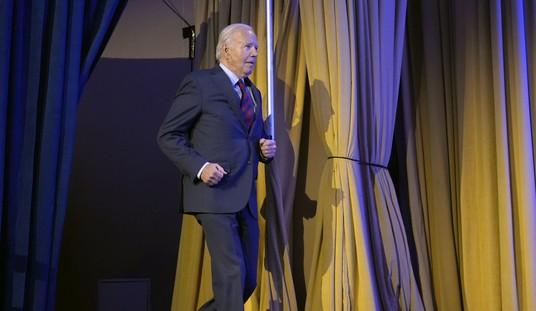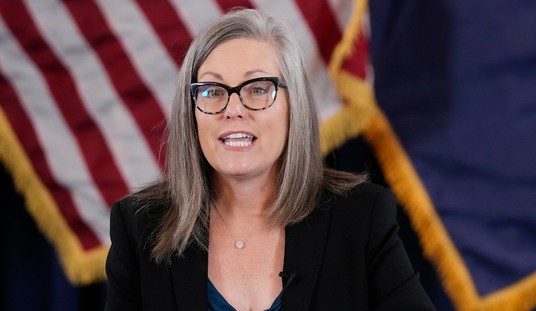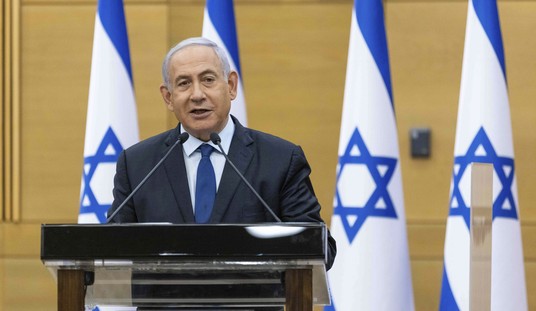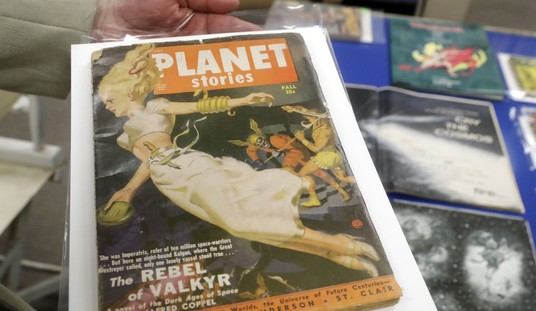The Obama administration’s Middle Eastern policies have already run into a hard reality check this week. Next, the president’s ability to deal with two Far East powers could be about to receive a life-or-death test.
China and Japan have a longstanding territorial dispute over a small chain of islands known as Senkaku (in Japanese) and Diaoyu (in Chinese). That feud was ratcheted up several notches this week, when the Japanese government decided to purchase the islands from their (Japanese) private owner. China responded by accusing Japan of theft and sending two patrol ships toward the islands.
The Japanese government’s purchase of the islands from a Japanese family was intended to prevent the conservative governor of Tokyo from buying them, a step that would have heightened the clash with China, Japanese officials said. The Tokyo governor, Shintaro Ishihara, had said he would develop the islands, something the national government does not plan to do.
But in an unusual array of strong statements by top leaders in recent days, China has asserted that the islands have belonged to China since ancient times.
Over the weekend, the Chinese president, Hu Jintao, warned the Japanese prime minister, Yoshihiko Noda, at the Asia-Pacific Economic Cooperation summit meeting in Russia that nationalizing the islands would be illegal, Xinhua reported.
In a statement on Tuesday, the Chinese Ministry of Foreign Affairs said the purchase of the islands by the Japanese government “cannot alter the fact the Japanese side stole the islands from China.”
On Wednesday, the Chinese government laid out “territorial baselines” that is says demonstrate that the Senkaku/Diaoyu Islands lie within its territorial waters. Around 8pm EDT Thursday (Friday morning local time), six Chinese vessels sailed into the area, disobeyed the Japanese Coast Guard’s orders and entered the waters surrounding the islands (a rollout of media reports was timed to coincide with the action). The Japanese Prime Minister responded by “ordering [his] Ministers to take appropriate actions” in response to the violation, and “mobilizing task forces at the crisis management center within the prime minister’s office, and at the National Police Agency.”
The Chinese vessels currently in Japanese territorial waters, it is worth noting at this point, are maritime law enforcement (surveillance) vessels, not Navy ships. In other words, China has declared the Senkaku/Diaoyu Islands to be part of its maritime property, and has sent its Coast Guard to patrol them, despite Japanese warnings. This means that, at the moment, the two countries are battling it out in a contest of “lawfare,” rather than naval warfare – though the Chinese Army is being told to “be prepared for any possible combat.” Taiwan, which also claims sovereignty over the chain, has also had its Coast Guard “raise its profile” in the vicinity of the islands.
The U.S. will be paying close attention to the situation, as further escalation could not only lead to a shooting war in the East China Sea, but could also trigger American involvement under Article 5 of the Treaty of Mutual Cooperation and Security signed in 1960 between the United States and Japan. The Kyodo news agency earlier this year quoted an unnamed State Department official as saying that:
the islands “fall within the scope of Article 5,” meaning that if China took action to reassert its sovereignty over the islands, the U.S. would be obligated to intervene on Japan’s behalf. If it did not take action, that could presumably be seen as a tacit acknowledgement that the islands are not part of Japanese territory.
This ratcheting up of tensions between East Asian powers comes as anti-U.S. protests and violence are raging across the Middle East, and as Secretary of Defense Leon Panetta prepares to visit both China and Japan this weekend.












Join the conversation as a VIP Member